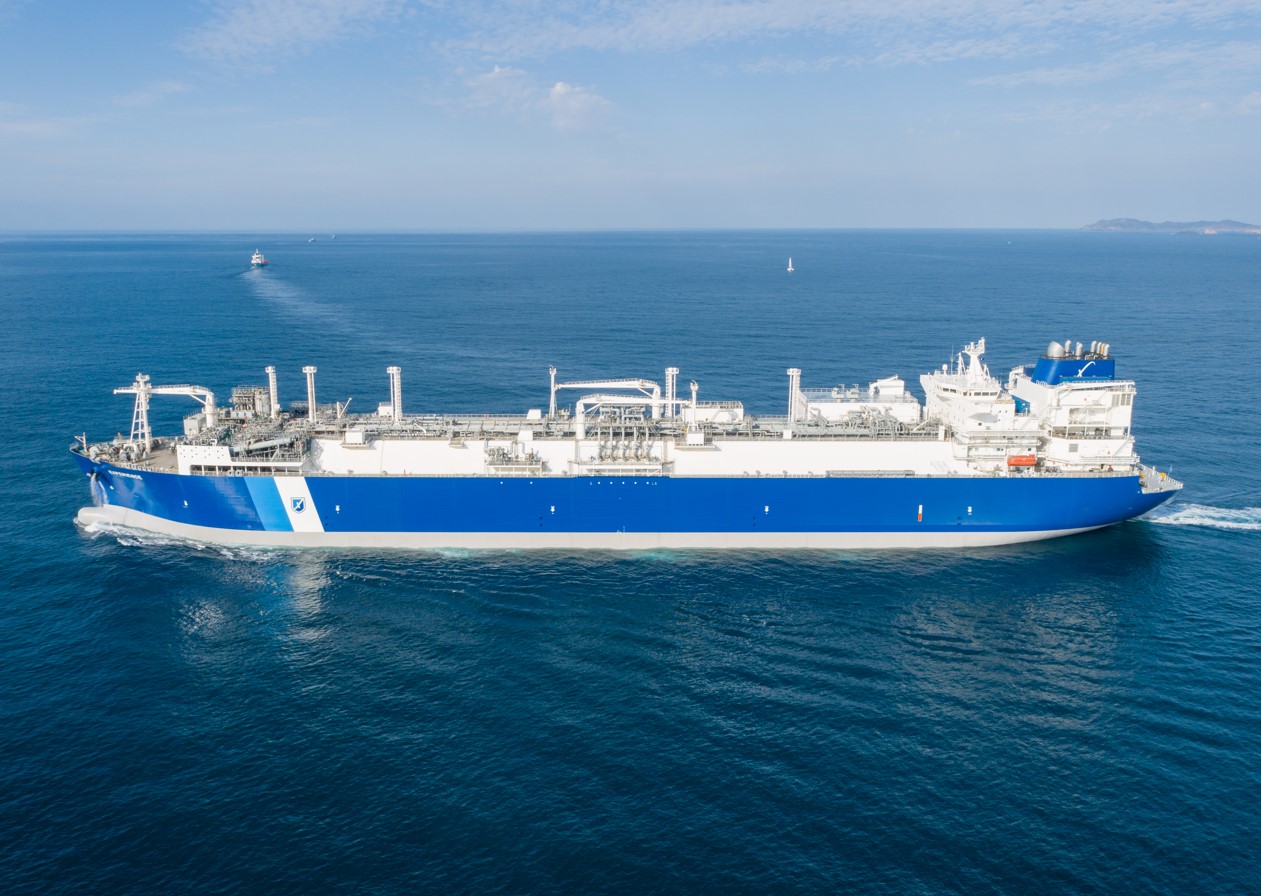Excelerate Energy’s FSRU Excelsior is heading towards a yard in Spain for a planned technical stop ahead of the start of its job in Wilhelmshaven, Germany.
In October last year, US FSRU owner Excelerate signed a charter deal with Germany for the 2005-built 138,000-cbm FSRU.
The vessel will serve the second FSRU-based facility in Wilhelmshaven being developed by E.ON, TES, and Engie.
In May 2023, the FSRU started regasification services during the winter season (June-August) at the Bahia Blanca GasPort terminal in Argentina.
Excelerate placed the FSRU on a suspension agreement during its deployment in Bahia Blanca.
According to its AIS data, the unit left Argentina at the end of August and is expected to arrive in Spain’s El Ferrol, where the Navantia yard is located, on September 21.
It remains unclear how long the vessel would stay at the yard.
Belgium-based Tree Energy Solutions (TES) previously said that it expects the government-backed FSRU-based LNG import in Wilhelmshaven to start operations by the end of 2023.
Last year, TES contracted Norway’s ECOnnect Energy to provide the latter’s jettyless IQuay solution for the LNG import terminal.
The solution will connect the FSRU with a sendout capacity of 5 bcm per year to the onshore terminal, substituting a conventional jetty, and fast-tracking the deployment.
As part of its Wilhelmshaven Green Energy Hub, TES is planing to build an onshore terminal for hydrogen, ammonia, etc. The Wilhelmshaven terminal layout will have 6 ship berths and 10 onsite tanks.
German LNG imports
The German government, helped by Uniper, RWE, and the TES consortium chartered in total five FSRUs.
Uniper and RWE installed Hoegh LNG’s FSRUs in Wilhelmshaven and Brunsbüttel, while the 170,000-cbm FSRU Transgas Force, owned by Dynagas, recently arrived in Germany’s Bremerhaven, where it will be prepared for its upcoming job in Stade.
Private LNG firm Deutsche ReGas, which officially launched its Lubmin FSRU-based LNG import terminal in January, plans to install the 174,000-cbm FSRU Transgas Power, also owned by Dynagas, to serve the LNG import terminal in the port of Mukran.
This FSRU will work along the FSRU Neptune in Mukran as part of the second phase of the LNG terminal.
If everythings goes according to plans, Germany would next year have two FSRUs in Mukran, two in Wilhelmshaven, one in Brunsbüttel, and one in Stade.
Besides FSRUs, Germany’s HEH is targeting FID for its Stade onshore terminal with a regasification capacity of 13.3 Bcm per year in 2023 and to begin operations in 2027.
Also, Gasunie and RWE have recently received a 40 million euro ($43 million) German state aid measure for the construction of their planned onshore LNG import terminal in Brunsbüttel.
Gasunie said that the terminal is expected to regasify and feed some 10 Bcm of natural gas into the German grid annually from the end of 2026.

